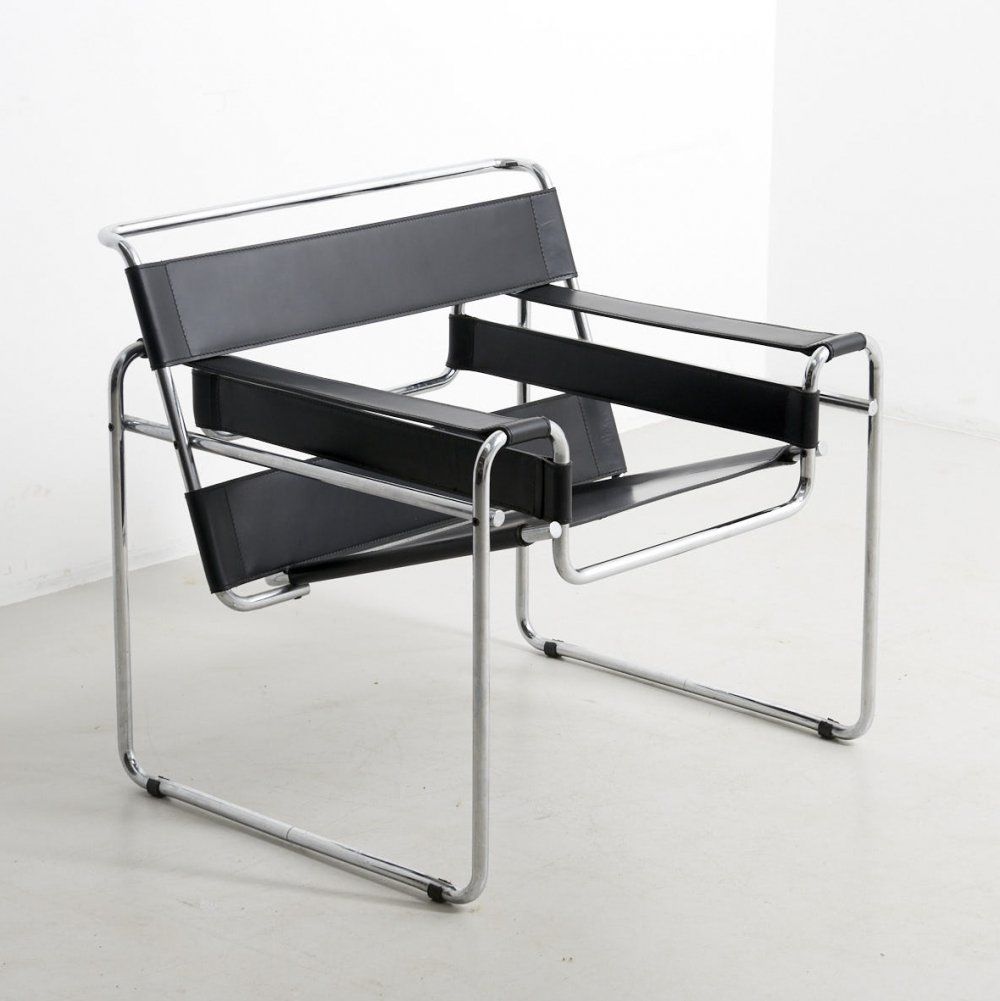The Wassily Chair, a masterpiece of modernist design, embodies the innovative spirit of the 20th century. Conceived by Marcel Breuer in 1925, this iconic chair revolutionized furniture design with its radical use of materials and geometric form. Inspired by the sleek lines of bicycle handlebars and the principles of the Bauhaus movement, Breuer sought to create a chair that was both functional and aesthetically captivating.
Crafted from seamless tubular steel, the Wassily Chair challenged conventional notions of craftsmanship and construction. Its cantilevered design, devoid of traditional legs and supports, defied gravity and created a sense of weightlessness. The use of industrial materials and minimalist lines imbued the chair with a sense of modernity and sophistication, setting it apart from its contemporaries.
Despite its avant-garde design, the Wassily Chair has stood the test of time, remaining as relevant and influential today as it was nearly a century ago. Its timeless aesthetic and enduring appeal have earned it a permanent place in the canon of design classics, coveted by collectors and design enthusiasts worldwide. Countless reinterpretations and adaptations have emerged over the years, attesting to the chair’s adaptability and continued relevance in a rapidly changing world.
Beyond its status as a piece of furniture, the Wassily Chair holds cultural significance as a symbol of innovation, creativity, and progress. Its legacy extends far beyond the realm of design, inspiring architects, artists, and thinkers to push the boundaries of their respective disciplines. As we look to the future, the Wassily Chair serves as a reminder of the transformative power of design to shape our environments and enrich our lives.

 decorafit.com Design ideas for your home and patio
decorafit.com Design ideas for your home and patio









